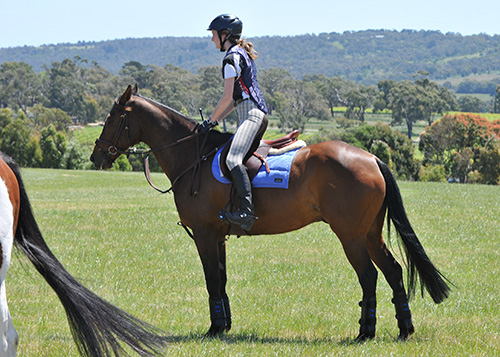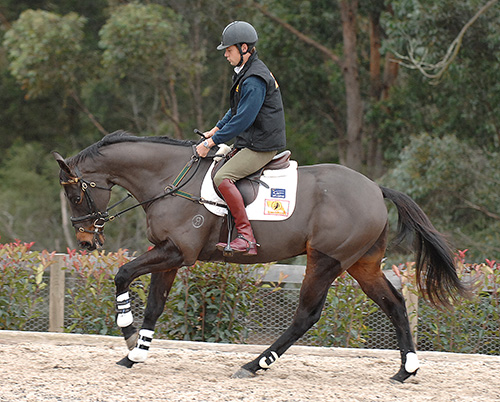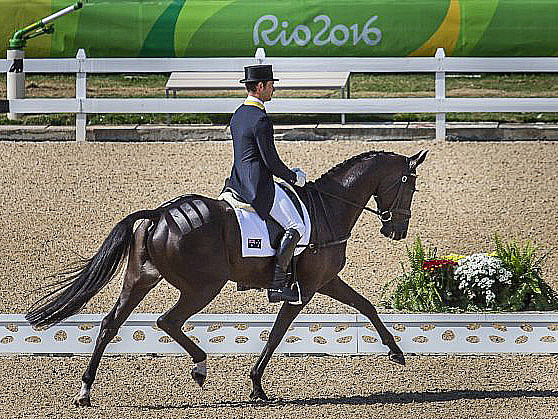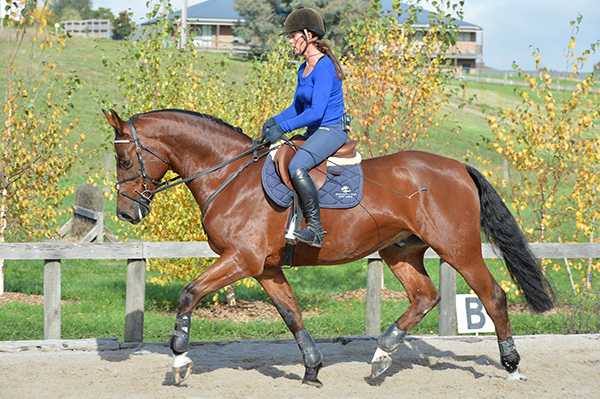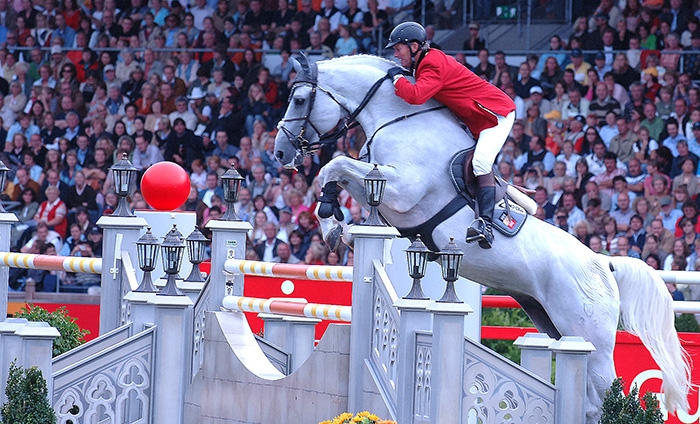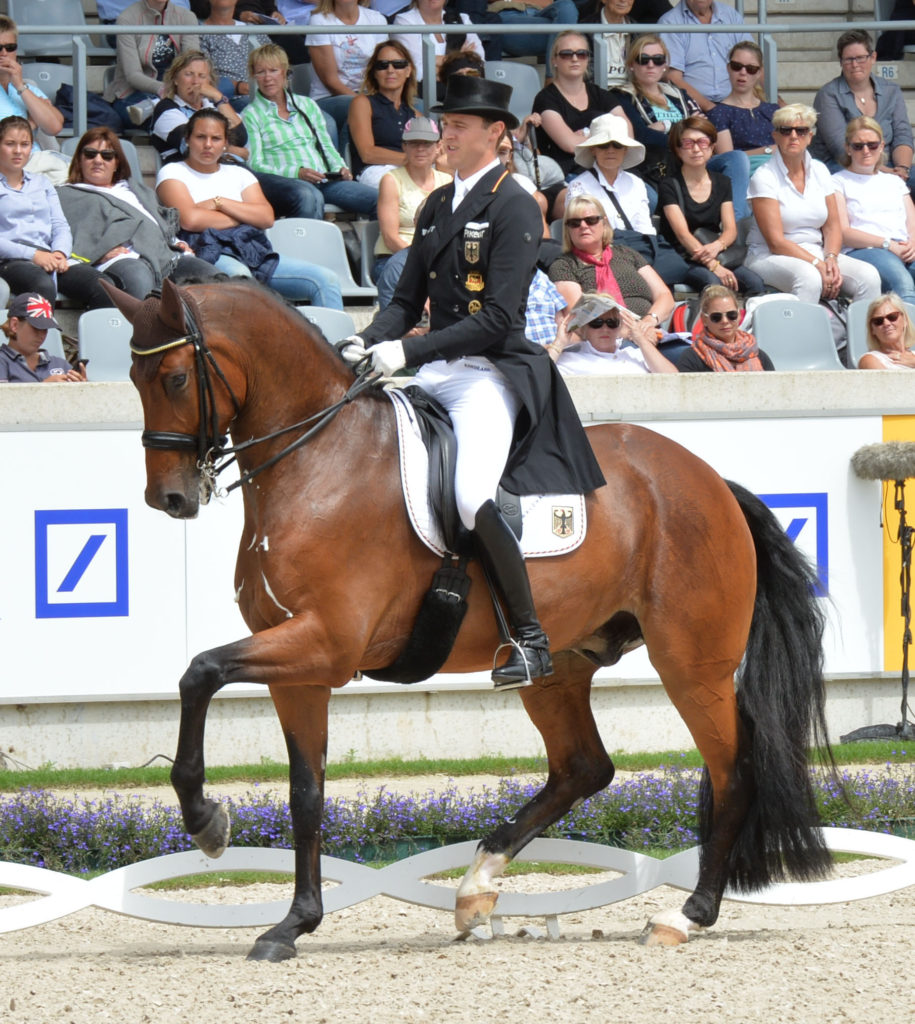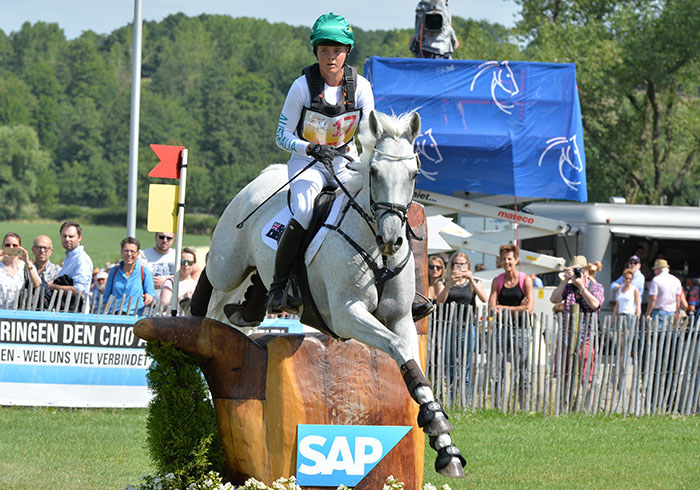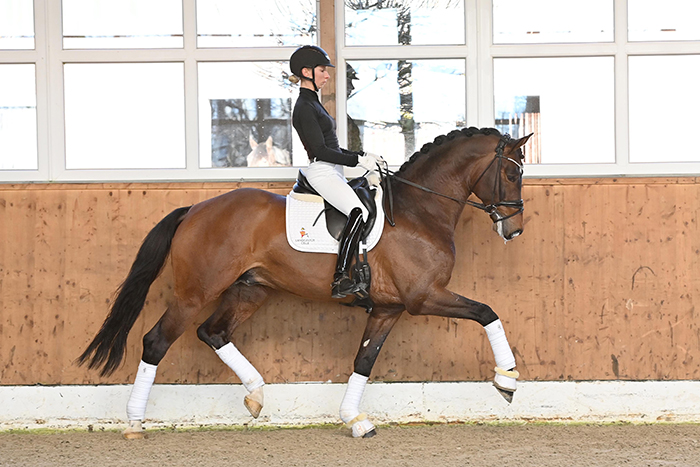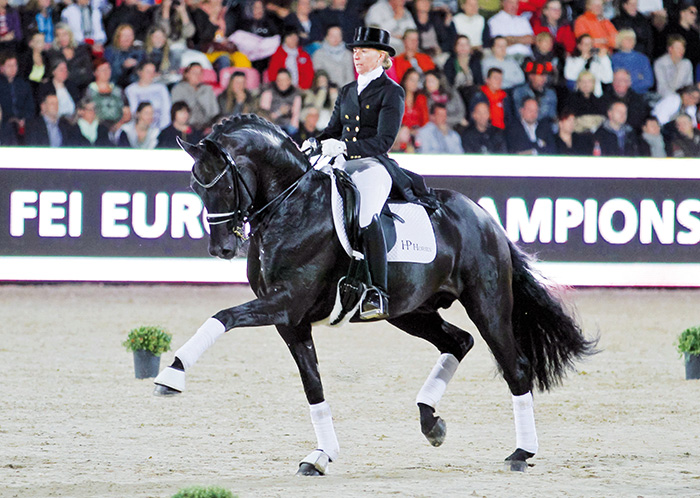by Mary Wanless BSc BHSI
The author of ‘Ride with your Mind’ looks at the way the techniques which have revolutionized learning in golf and tennis, can be applied to riding…
For many people, learning to ride well is a harrowing process. It is not difficult to understand intellectually where the rider’s body should be, and how the horse should move, but it is quite another thing to go out and make it happen.
This gap between intellectual understanding, and actual performance, seems a difficult one to cross, and it is the major stumbling block for riders. Only a few people escape this problem, and they are the talented riders who naturally find the techniques which work. They ride with an ease and effectiveness which leaves their admirers wondering what it can be that gives these riders the ability that they lack.
The answer is simple and has been provided by research into the workings of the brain. The brain is divided into two halves, each with a different function. For most people the left side is the side of the intellect, of conscious reasoned thought and of words. It is the part that our society educates, trusts and values. But it is only half the story and a small part of our potential.
story continues below the advertisement
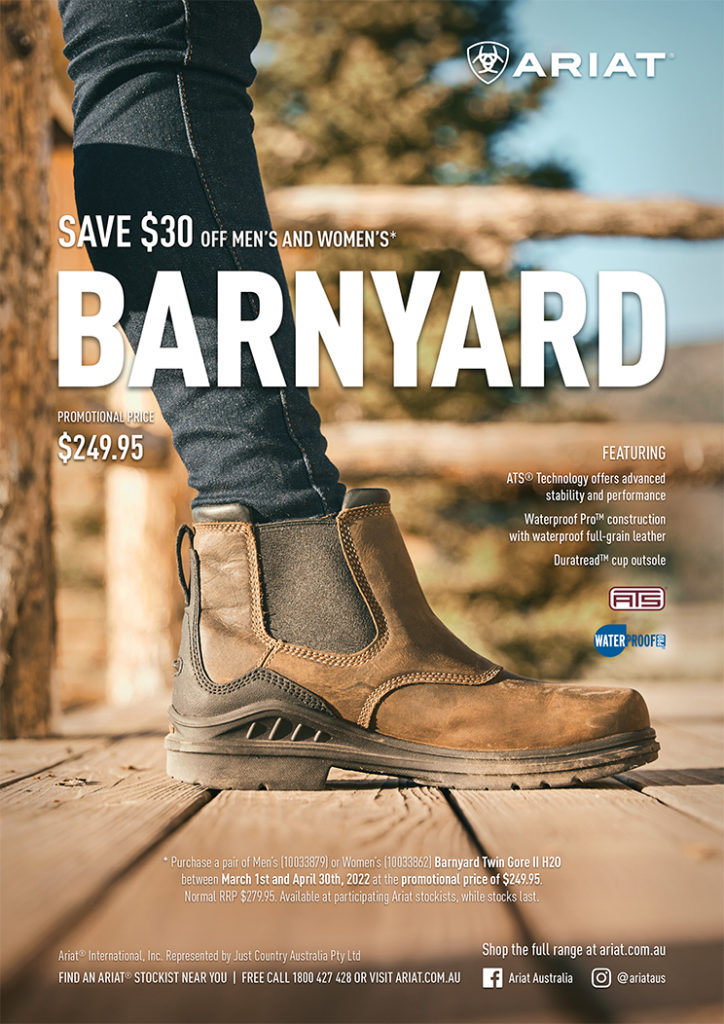
The right side of the brain works at a pre-verbal level and is responsible for all the body movements that we don’t think twice about. It is also the source of imagination and of memory, and it is a fantastic computer that, once programmed, will reliably and effortlessly produce the right result.
The young child learns to walk before he develops verbal skills. He begins by watching, picking up all the visual information he can. Then he starts to experiment, and in a very short time he finds his balance and walks. He never once says to himself, ‘Now I must bring my right leg forward, rolls my weight from the heel to the toe and at the same time my left leg…’
Yet how many times does the rider, who is also trying to perfect a body skill, come up to a corner saying to himself, ‘Inside leg on, outside leg back. Now I must be careful not to collapse…?’ With these commands goes a determined effect to make his body obey, but he is actually doomed to fail.
story continues below the advertisement
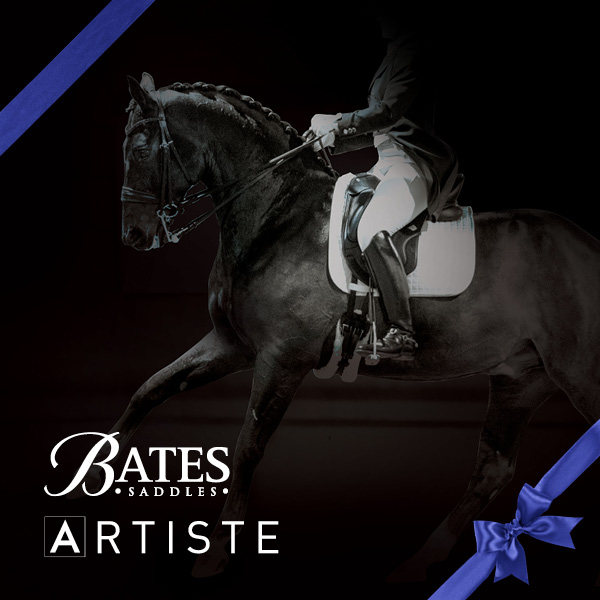
The details of the muscular co-ordination needed to shape the horse’s body in the various movements is far more intricate than the thinking mind can understand, and its crude orders just don’t get through to the body. It works much better to let the right brain do the job which it, and not the left brain, was designed for. Instead of storing information in words, the right brain stores it in images or ‘feelages’ which the body can instantly recognize and reproduce.
The skill with which the body can function, depends on the quality and quantity of the images which it has available. The right brain needs remarkably little time and experience to acquire this knowledge, but very few riders give it a chance to learn.
My own story illustrates this well. I spent the first ten years of my learning as the most dedicated pupil you can imagine. I read every book I could find, tried hard in my riding lessons, and struggled my way to the BHSI. I was determined to get my body to do it, and I practically paralysed myself with the effort. I was always falling short of my goal and ending up frustrated or depressed. In the end I decided I would never be able to do it and I gave up riding.
It was not long before I was back on a horse again, but this time it was different. I didn’t care any more, and with all that weight off my mind (and my body) I began to notice things I had never felt before. I began to notice differences between my right and left sides. I realized that by changing the way I held my body I could change the way the horse’s back felt under the saddle.
My interest and curiosity were reawakened, and I became more and more fascinated by to process of ‘looking’, as it were, through a more and more powerful microscope, and discovering more about the subtleties of riding.
I began to uncover the answers I had been searching for so long, and there was a dramatic increase in my skill. The biggest discovery was that the answers were already there within me, waiting to be found if only I would look for them and let myself learn from my experience.
I had always gone by the oughts, the text book rules about where my body should be, and I had tried to change it to where it ought to be, and started to notice where it was. In this I found the key to learning.
It is actually impossible for the rider to change anything in his body until he first becomes aware of how it is now. And this awareness is different from thinking; in fact the two are mutually exclusive. The thinking brain wants to believe that it can control and direct the learning process and the body, and it continually gives orders and criticisms. A kind of internal warfare goes on – Can’t you even get the right bend round that corner? Get your inside leg on next time – so that the right brain is always being told that it’s not good and is never given the changes to discover the feedback it needs in order to learn.
In the state of awareness in which the right brain is dominant, the process is entirely different. The internal chatter stops, and the rider (or anyone else performing any other skill) becomes totally absorbed in what he’s doing.
This way of being is elusive, and it is impossible to find it by trying. The left brain never wants to give up command. To still the thinking brain it is helpful to keep bringing yourself back to the feeling how things are in each present moment, for the left brain’s demands and criticisms usually have their basis in the future, the past, or how things ought to be. The ability to stay present in each moment and to perceive the feedback it offers, is the greatest challenge of riding. It leads to a deepening awareness of your body and how it influences the horse, and this unlocks the possibility of real learning and of consistent high performance.
A client of mine was riding her fresh Thoroughbred horse one day in a large arena. On the short sides the trot was quite good, but as they approached the long side, the horse would lose balance and tempo and begin to run with her. It was impossible to know whether she or the horse was initiating the run, but I was sure her restraining tensions were a contributory factor. She had worked with me previously and was developing the ability to produce and recognize the feelings that characterize good gaits.
I began by focusing her attention on her body, feeling for when and how she changed from driving to restraining. But this moment would always elude her, for she would change from feeling to thinking and anticipate the run by panicking and telling herself I mustn’t let him run away.
So instead, I said, as you come round next time, ride as if you weren’t going to be run away with. Instantly, the whole picture was different; she stayed driving the horse forward with no extra tension, and, as she made no effort to hold him back, so he made no effort to run away.
Each time when she had begun to worry about the future her fear had effectively made her program her body to do it wrong. (Maybe you have different bogeys. Do you start to think Oh help as you prepare for a canter transition, half pass, or a dressage test?)
She rode it well when she stayed with what is rather than what might be, and she was effectively able to hold in her mind an image or feeling of the good trot, and to ask her body to keep reproducing that feeling. Even if this had been beyond her present level of skill, if she could have stayed aware, she would have noticed when and how it went wrong, and would have got valuable feedback about how to ride it next time. The more she can ride in this way, the more skilled her right brain can become and the more she can learn to trust its responses.
Suppose she had stayed riding it in the first way. Before long I mustn’t let him get away might have become oh no, he’s done it again and I’ll never be able to ride this horse. She will begin to believe that she is a very bad rider, and her image of what she can achieve is shrinking fast. Since her right brain always responds to the images she programs it with, she is ensuring that she will indeed fulfill the prophecy and ride badly.
Alternatively she might decide I must not let him get away with it and very soon she might even find herself having a fight with him. Either way, she is a million miles away from any real learning, and she and the horse have both had an experience that shatters their confidence and makes performing well next time even less likely.
The concept of natural learning is a long way from our normal idea that you improve yourself by telling yourself what is wrong and what is right, and then trying to do the one and not the other. But the more I learn, the more I teach, the more I become convinced that trying fails, for as much as the left brain would like to believe that it can control the body, it actually can’t.
Experience is the teacher, and learning is an inevitable by-product of increasing our awareness of what is. There is no limit to the depth and subtlety of the knowledge, and skill which the right brain can possess, if only each one of us can find the way to get off our own backs and let it learn.
Going to breed yourself a champion next season?
Start thinking about what you want now – go to www.ihb.om.au
Choose from the latest new stallions that are available – Like Fusionist
Or a proven producer like Fürstenball



